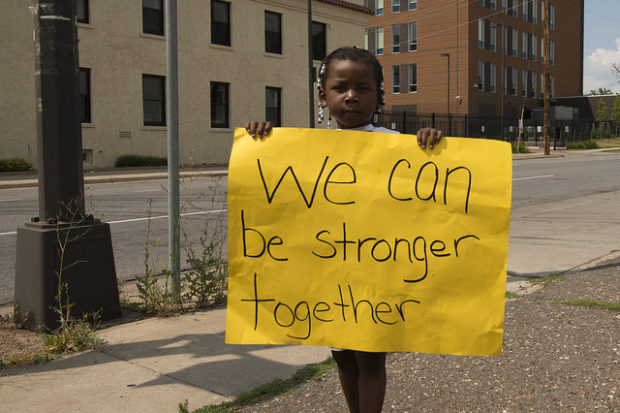
By Vic Bedoian
Will Arvin’s new oil ordinance translate into environmental justice gains in other hard-hit San Joaquin Valley towns? Juan Flores, a Delano-based community organizer with the Center on Race, Poverty and the Environment says it’s possible, but a tough act to follow.
Such progress, according to Flores, depends entirely on local residents, “This ordinance proved that communities can get organized, can get educated and can get elected officials represent them truly and not represent the interests of the industry. As soon as any other community is ready to push something through like Arvin, we’re more than happy to help. Our mission is ready to serve residents. CRPE does not impose itself on communities; they must act on their own first.”
Two communities in Kern County have already expressed interest in similar reform. Shafter, a city of roughly 17,000 people lies 18 miles northwest of Bakersfield and has expressed interest in creating a better environment. To the north are fields of orchard crops, cotton and grapes with oil fields spreading south of town. It’s a typical rural Valley town—not exactly affluent, but not destitute either.
Lost Hills, some 40 miles west of Bakersfield, is a different story. Its population of around 2,500 is 98% Hispanic with an estimated per capita of $9,000 a year. The impoverished town is dominated by agribusiness billionaire Stewart Resnick’s Wonderful farming empire, and vast Belridge oil fields, among the nation’s largest, which have pumped crude for more than a century.
Flores calculates that of the two, Shafter is better positioned for reform. Lost Hills is unincorporated and subject to direct rule by the oil-soaked Kern County Board of Supervisors.
“The real fear of the oil industry is that they finally saw that a community got themselves together organized and became empowered to take on one of the biggest industries in the world, if not the biggest. That’s why they’re afraid. I think they can do better than they are doing right now in order to protect the health of communities.”
Flores says state agencies might offer the best chance, “Our hope is that this can be an epicenter for something that is sustainable. We have a governor that says California is leader in environmental justice. There are communities of color, low-income communities that are willing to fight for their rights, that are willing to fight for the future, and that they really have hopes that this state can lead the charge and can become a true leader in climate.”
